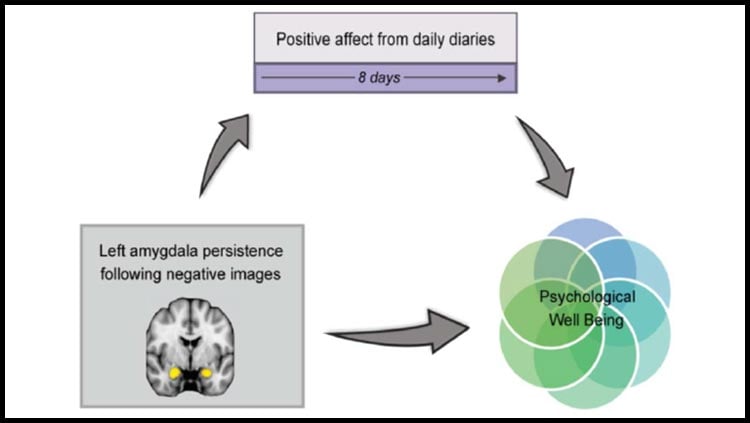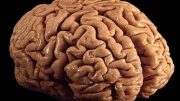
Study results suggest found amygdala activity plays a role in shaping a person’s day-to-day emotions, thereby influencing overall psychological wellbeing.
Similar brain activity patterns to negative and subsequent neutral stimuli connected to increase in negative mood.
How the amygdala responds to viewing negative and subsequent neutral stimuli may impact our daily mood, according to new research published in JNeurosci.
The amygdala evaluates the environment to find potential threats. If a threat does appear, the amygdala can stay active and respond to new stimuli like they are threatening too. This is helpful when you are in a dangerous situation, but less so when spilling your coffee in the morning keeps you on edge for the rest of the day.
In a recent study, Puccetti et al. examined data collected from the “Midlife in the US” longitudinal study. Participants completed a psychological wellbeing assessment and eight daily telephone interviews to assess their mood. They also came into the lab for an fMRI task: they viewed negative, positive, and neutral images with a picture of a neutral facial expression in between each image.

Left amygdala persistence following negative images predicts psychological well-being via daily positive affect. Credit: Puccetti et al., JNeurosci 2021
When the amygdala activated in a similar pattern as the participants viewed negative images and the neutral faces that followed, this persistent activity predicted increases in negative daily mood and decreases in positive daily mood. In turn, participants who experienced increased positive mood displayed greater psychological wellbeing. These results suggest amygdala activity influences how a person feels day-to-day, which can impact overall psychological wellbeing.
Reference: “Linking Amygdala Persistence To Real-World Emotional Experience and Psychological Well-Being” by Nikki A. Puccetti, Stacey M. Schaefer, Carien M. van Reekum, Anthony D. Ong, David M. Almeida, Carol D. Ryff, Richard J. Davidson and Aaron S. Heller, 22 March 2021, Journal of Neuroscience.
DOI: 10.1523/JNEUROSCI.1637-20.2021
Funding: MacArthur Foundation Research Network, National Institute on Aging









Energy Healing Also Helped in loneliness and control the bad Mood.
Spirituality Awakening